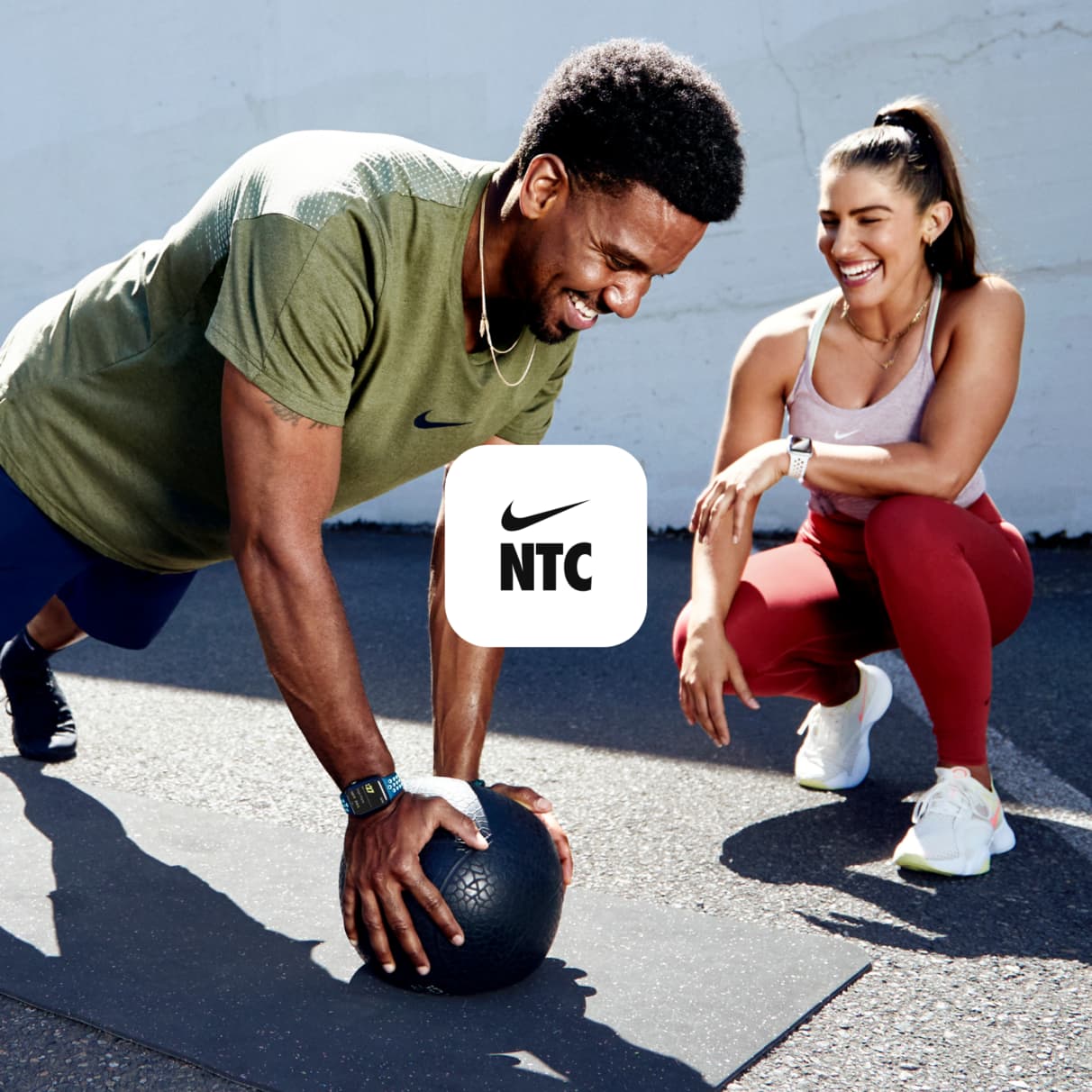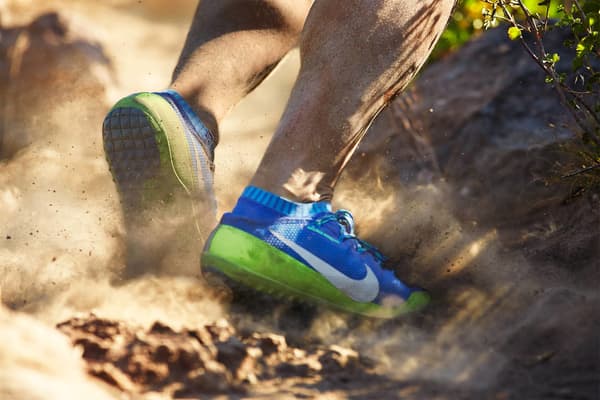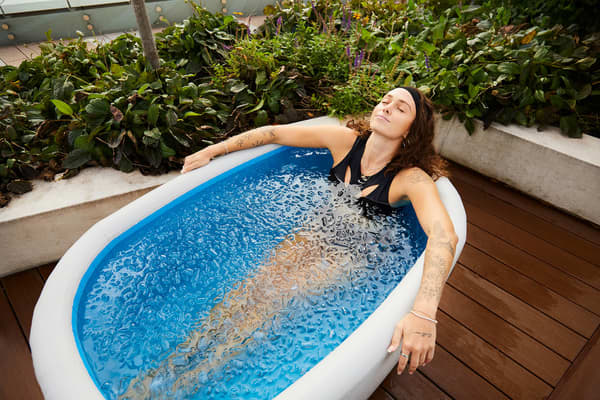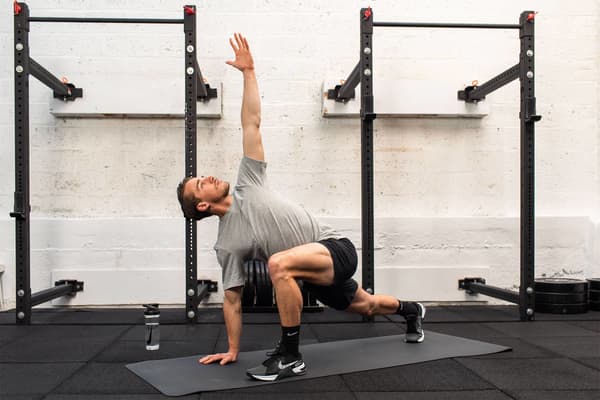What Is an ACL Tear, Exactly?
Sport & Activity
Physiotherapists explain how an ACL tear occurs, what its symptoms are and what the healing process looks like.
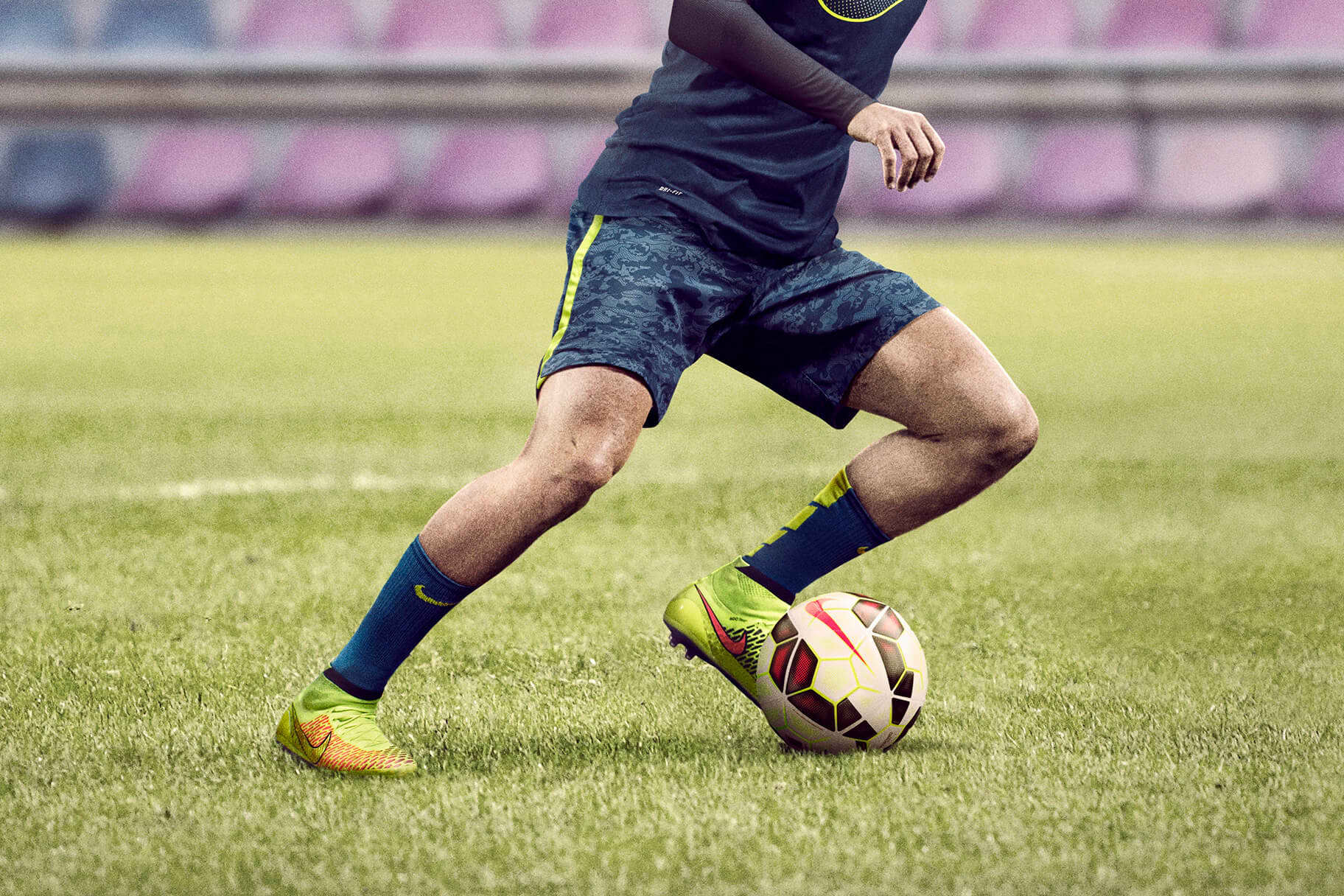
An ACL tear is a painful injury that can sideline an athlete for months.
This devastating knee injury has put plenty of professional (and casual) athletes out of the competition. But ACL tears can happen to anyone—and experts say that non-professional athletes should at least be aware that this is a very real thing that can happen.
So, what is an ACL tear and who is most at risk of experiencing one? Here's what you need to know.
What is an ACL tear?
It's important to first understand the basic anatomy of your knee. Your knee joint is made up of the femur (thigh bone), the tibia (shin bone) and the patella (knee cap), according to the American Academy of Orthopaedic Surgeons. The anterior cruciate ligament, or ACL, is one of the four main ligaments in the knee that connect the femur to the tibia.
"The ACL's role is to control the back and forth motion of the knee", Carol Mack, DPT, said. "More specifically, it prevents the tibia from sliding forwards on the femur". The ACL also helps keep your knee stable during rotational movements, she explained.
An ACL tear happens when there are movements in the knee joint "that are too much for the ligament to tolerate and it tears", said Samantha Vargas, DPT.
The ACL is one of the most commonly injured ligaments of the knee, according to the AAOS, with most of these injuries happening in sports such as basketball, American football, skiing and football. The reason, per Vargas: they require a lot of directional changes, often at high speeds.
(Related: The Best Nike Basketball Shoes for Guards)
ACL injuries can also happen along with damage to the meniscus, the cartilage that acts as a shock absorber between the tibia and the femur, or other ligaments, and bruising of the bone underneath the cartilage, according to the AAOS.
ACL tears are classified on a scale of one to three, with three being a complete rupture, Mack said. "Unfortunately, grade three is the most common", she added.
Who is at risk of tearing their ACL?
Technically, anyone can experience an ACL tear. However, some people are at a higher risk than others. "The incidence is high with physically active individuals", Vargas said, noting that "young female athletes who play sports such as football" tend to be at the highest risk of injury. In fact, research has shown that women tear their ACLs up to eight times more often than men.
The exact reason for the gender difference is unclear but scientists have suggested it may be due to a difference in anatomical features and even hormones. People who have a parent or sibling with an ACL tear and those with a previous ACL injury are also at a greater risk, Mack said.
How does an ACL tear happen?
ACL tears can either occur from contact (meaning, you collide with someone or something) or non-contact—and non-contact is the most common, Vargas said. These injuries can happen a few different ways:
- Speeding up or slowing down without being able to control your movement well when the knee is near full extension
- Landing from a jump
- Attempting to quickly change directions or planting and cutting to outmanoeuvre an opponent
- Colliding with another player or object
What are the symptoms of an ACL tear?
There are a few distinct symptoms of an ACL tear. Vargas lists the following:
- "Significant" knee pain
- Knee swelling
- Trouble putting weight on your leg
- Difficulty standing
Mack noted that people will report a "sudden 'pop' sensation in the knee with immediate swelling", adding that, "some people report feeling like the knee 'came apart' during the injury".
What To Do if You Suspect You Have an ACL Tear
Physiotherapists and doctors are usually on the scene for professional sporting events, but ACL tears can happen during casual basketball games or your weekly football match. If it happens to you and medical staff isn't immediately available, Mack recommended doing what you can to immobilise your knee and using crutches or relying on someone else for support to help you get around until you can access medical care.
If you suspect that you tore your ACL, Vargas said that "an ER visit is totally appropriate". She added, "they will check to see if other injuries have occurred and provide tools like crutches to help manage in the short-term while that person gets an appointment for an orthopaedic doctor".
How is an ACL tear treated?
ACL tears are often treated with surgery—specifically, ACL reconstruction arthroscopic surgery, Vargas said. During that surgery, your damaged ACL will be replaced with a tissue graft from a donor or your own body. It's then anchored into your bone with a screw or other implant, according to Penn Medicine.
Recovery is intensive and long, Vargas said. "If we are talking about a high-level athlete, it can take nine to 12 months to return to sport", she said, noting that some research suggests it may take up to two years before the ACL is fully healed.
You'll definitely want to take it easy in the first year after your injury, Mack said. "The risk of a second ACL injury is 15 times higher in the first year after surgery", she said. "It can also take that long to fully recover strength and confidence in the knee".
Full recovery is possible, though. "With a well-rounded rehabilitation programme, an individual should regain full mobility", Vargas said. That can involve physiotherapy to help regain strength in the knee and quads, returning to running and gradually progressing your activity level before returning to your sport of choice, she said.
Mack agrees. "With a proper rehab programme, it's possible to recover from an ACL injury", she said. "Until a person is fully recovered, there will likely need to be modifications in your workout programme, but a sports physiotherapist can make recommendations for that".
You won't need to adjust your routine forever, though.
"Barring any significant complications, you should not need to permanently modify exercises", Vargas said. "Do follow the professional guidance of an experienced healthcare professional, grounded in evidence-based care. It helps if that clinician is experienced in ACL recovery".
Words by Korin Miller
